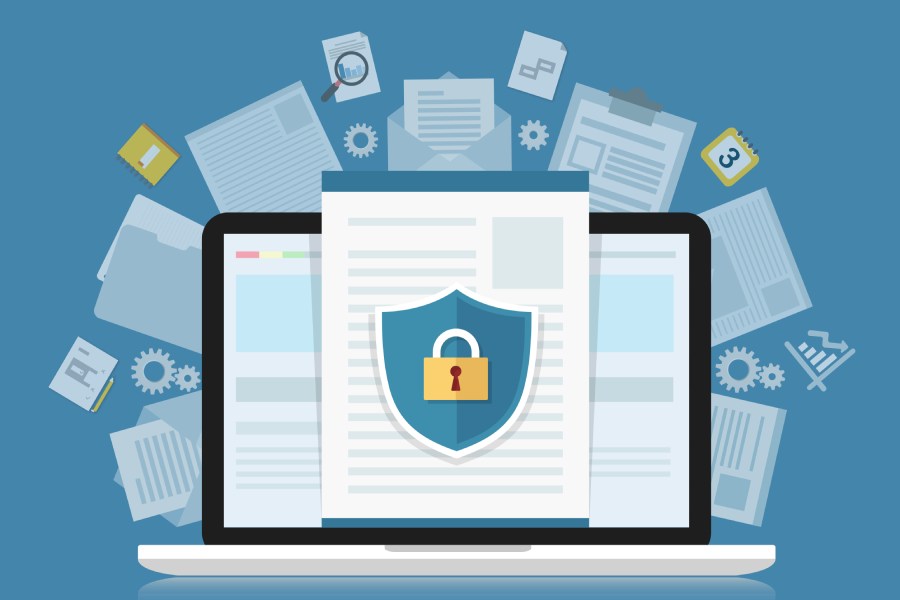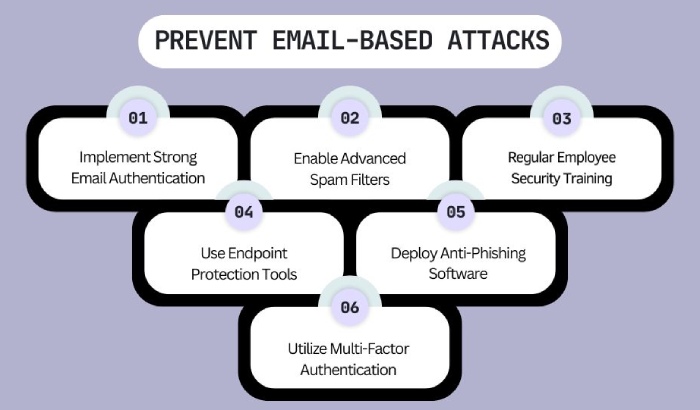How are DMARC enforcement and DMARC reporting different?
Domain-based Message Authentication, Reporting, and Conformance (DMARC) is one of the most powerful tools that security teams rely on to combat email-based attacks such as phishing, spoofing, and Business Email Compromise (BEC). Essentially, this tool enables domain owners to protect their domains from scammers by specifying how emails should be handled if they fail authentication checks. But the best part about DMARC is that it goes beyond enforcing policies to block malicious emails; it gives you insights into all that’s going on with your domain and its email traffic. We are talking about the reporting aspect of DMARC, which works hand-in-hand with enforcement to create a complete email security system.
To put it simply, enforcement is the ‘action’ part—it blocks or flags emails that fail authentication checks, keeping your domain safe from abuse. Reporting is the ‘awareness’ part—it helps you see the bigger picture by showing you how your domain is being used. Whether there are issues with legitimate senders or if someone is trying to misuse your domain, DMARC will let you know.
In this article, we will delve deep into the key aspects of DMARC— enforcement and reporting and their role in email security.
What exactly is DMARC reporting?
DMARC reporting involves keeping track of how emails sent from your domain are treated by recipient servers. The process is about analyzing the email authentication results to understand which emails are passing or failing authentication and why. This is important because it lets you verify that only legitimate emails are being sent from your domain.
By regularly keeping track of what happens to your emails, you can refine your email authentication policies and further strengthen your overall domain security.
DMARC reporting involves setting your DMARC record to receive reports regarding email activities. These reports are either DMARC aggregate reports (rua =), which give a comprehensive summary of all emails sent using your domain, or failure reports (ruf =) that provide detailed information about specific emails that fail authentication. You will receive both of these reports on email addresses specified in your DMARC record, which makes it easy to review email traffic patterns, detect suspicious behavior, and correct any misconfigurations proactively.
Once you have all the important information, you can leverage it to fine-tune your SPF, DKIM, and DMARC records with tweaks like adding a legitimate source or removing an outdated one.
Why do you need DMARC monitoring?
Gain valuable insights
With DMARC monitoring, you will be well-informed about how emails sent from your domain are being handled by the recipients’ servers. The reports generated also tell you about who is sending emails on your behalf. This helps you authenticate legitimate sources while also detecting unauthorized ones that try to misuse your domain. This kind of insight is important for understanding your email traffic and strengthening your domain’s security.
Detect threats
Monitoring will help you identify unauthorized sources trying to misuse your domain for phishing or spoofing attacks. Though it does not stop cybercriminals from pulling off malicious tactics, it does provide you with the information you need to take proactive steps, such as strengthening your email security policies and addressing vulnerabilities in your email-sending systems.
Fortifying your defenses with stricter policies
Once you have a clear understanding of your email traffic, you can move on to implementing stricter DMARC policies, that is, p=quarantine or p=reject. With insights from these comprehensive reports, you can confidently move from a ‘none’ policy to stricter ones like ‘quarantine’ or ‘reject,’ ensuring only authenticated emails reach recipients.
What is DMARC enforcement?
To keep cyber attackers from intercepting your outgoing emails, simply implementing DMARC is not enough. You need to go beyond mere implementation and monitoring and actively enforce policies that specify how unauthenticated emails will be handled.
Unlike SPF or DKIM, which authenticate emails but do not specify what to do with unauthenticated ones, DMARC enforcement provides clear instructions on how to handle such messages.
As a domain owner, you have two policy options when it comes to DMARC enforcement— quarantine and reject. If, currently, your DMARC policy is configured at p=none, which is essentially the monitoring or the test mode, you’re not actively doing anything against the unauthenticated emails. However, with DMARC enforcement, you can tell the recipient servers to quarantine or reject these emails.
A quarantine policy ensures that unauthenticated emails are flagged as suspicious and sent to the recipient’s spam or junk folder, thus diminishing their impact. A reject policy, on the other hand, blocks unauthenticated emails outright so that they never reach the recipient.
What are the benefits of DMARC enforcement
Prevent email-based attacks
DMARC enforcement protects your domain from being used for phishing, spoofing, and other types of email-based attacks. With a quarantine or reject policy in place, unauthenticated emails are either flagged or blocked before they even reach the recipient’s inbox.
Strengthens email authentication
DMARC enforcement further fortifies your email authentication mechanism by ensuring proper alignment of SPF and DKIM. Any email that fails to meet alignment requirements is blocked or marked as spam, and only the legitimate ones reach the recipient’s inbox.
Protects brand reputation
DMARC enforcement helps maintain brand integrity and trust by restricting unauthorized use of a user’s domain. It assures that only legitimate emails can be sent from your domain, reducing the chances of fraudulent emails damaging your reputation.
What do you need for your organization— DMARC enforcement or DMARC reporting?
DMARC reporting and enforcement have their own roles in email security. Reporting helps you better understand your email traffic with comprehensive insights on legitimate sending sources, any misconfigurations, etc. Enforcement, on the other hand, actively blocks unauthorized emails using quarantine or reject policies. It strengthens security by ensuring that only authenticated emails are delivered, thus preventing phishing and spoofing. However, it requires careful planning to avoid disrupting legitimate communication.
So, it is safe to say that reporting and enforcement together form a well-rounded DMARC strategy. They combine insights with proactive security to protect your domain and establish trust with the recipient.


